Mechanical hard drives might seem like ancient technology, but there are still many places where they provide ‘good enough’ performance, and they easily offer the most amount of storage for the price. You do not always need the fast random access that thebest SSDsare designed to provide, and an HDD’s sequential performance is plenty for streaming and other tasks. There are still a lot of hard drives to choose from, so we’ve tested multiple drives in our labs to help ensure you pick the right one for your needs.
While the best SSDs will give you the best experience for your operating system and boot drive and also offer much better application and game loading times than HDDs, they are still significantly more expensive per terabyte of storage space. However, NVMe SSDs also have a practical capacity limit per device, and motherboards have limited M.2 slots. Meanwhile, HDDs are already planned to hit 30TB and beyond, with 120TB on the horizon, and work with legacy SATA ports.
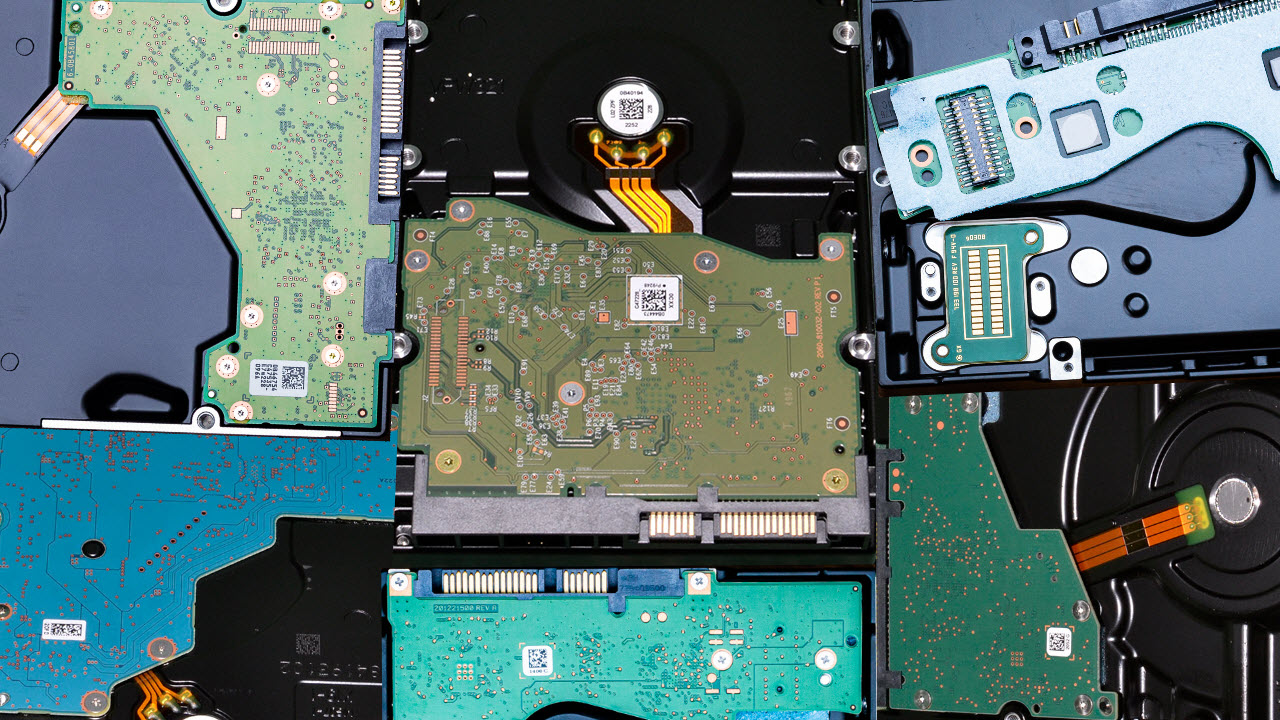
Seagate Exos X20 20TB HDD (Buy)[More]
WD Gold 22TB HDD (Buy)
Here’s the shortlist of our best HDD rankings below, but we have deeper breakdowns for these drives below, along with more picks for other categories.
Quick Shopping Tips
Why you’re able to trust Tom’s HardwareOur expert reviewers spend hours testing and comparing products and services so you can choose the best for you.Find out more about how we test.
It is important tobe aware of the drive’s form factor, with 3.5” being the most common for the best HDDs (this is the only type we cover). If you need 2.5”, your options are more limited, especially for capacity. Otherwise, your computer case’s ability to house a certain number of 3.5” drives might be your primary limitation.
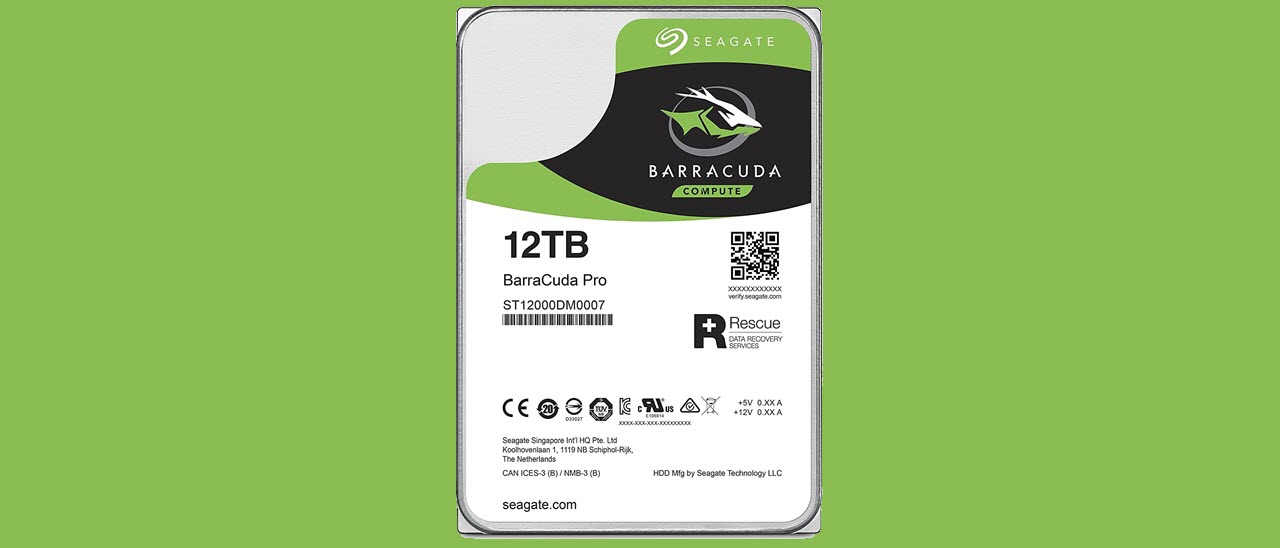
The ubiquitous SATA interface is used for desktop PCs, and most motherboards have ample available ports, which makes expansion easy. If you’re shopping for an HDD, you’re probably looking for the lowest possible cost per TB, but you shouldconsider performance and supportfor certain applications. There are a few potential performance pitfalls when buying a new HDD, and the type of recording technology is one of the most important factors. We only recommend conventional magnetic recording (CMR) drives and not shingled (SMR), as the latter comes with performance and operational caveats.
For performance, HDDs are also often gauged by rotations per minute (RPM), which is usually a direct indicator of performance. TheRPM value impacts sequential transfers as well as random access latency. Lower RPM drives tend to be quieter and more efficient, while higher RPM drives have better performance. There are also variable RPM drives that try to achieve the best of both worlds. Power draw, heat, and noise are factors related to performance.
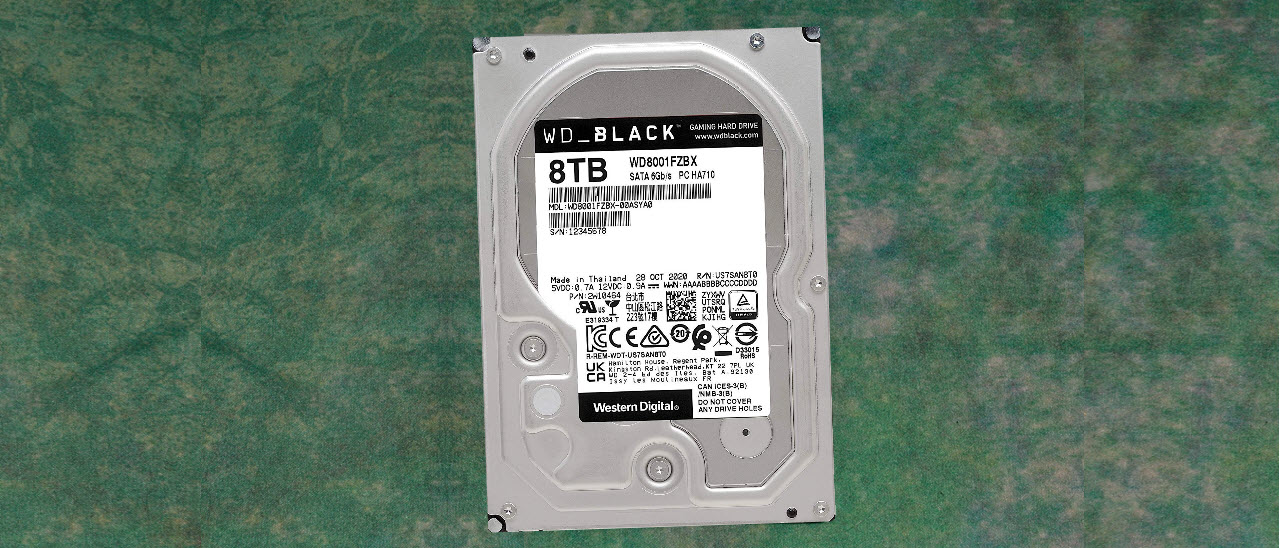
HDDs additionally have an amount of DRAM to help temporarily cache data. This amount ofcache generally scales with the capacity of the drive. More cache is, of course, better, but if it comes as a trade-off — for example, instead of having a support service — then you should consider your priorities carefully when making a purchase.
When choosing one of the best HDDs, you should balance these factors with your intended usage and, of course, around your budget. You will want specialized drives for NAS, surveillance/DVR/NVR, raw storage for media and backups, or for heavier workloads. Certain drives will offer a better bang for the buck if you just want the extra capacity, or you may require a lower RPM drive to avoid the noise of faster drives. See our list below for more details.
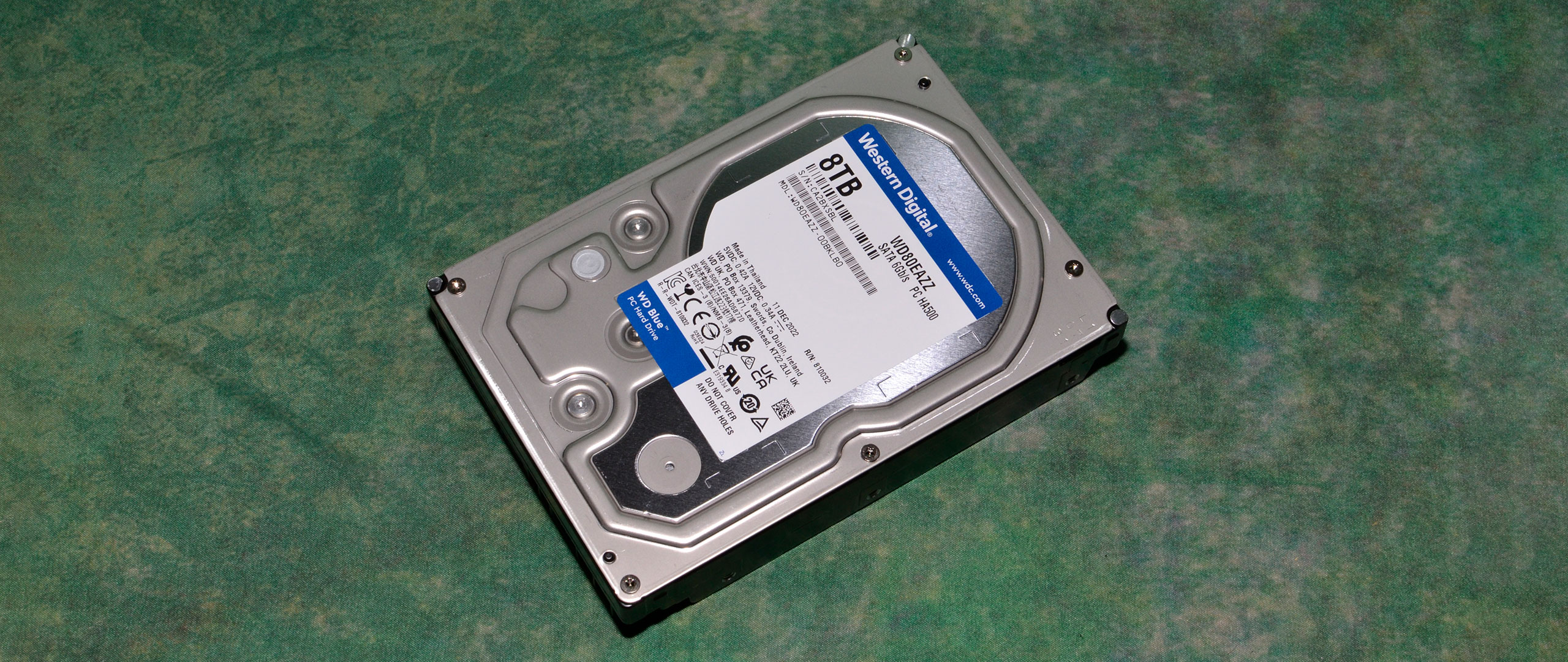
Reasons to buy
Reasons to avoid
TheSeagateBarraCuda Pro replaces the excellentFireCuda HDDon our list due to pricing and availability changes. Hard drives become a harder sell every year with the increasing amount of fast, capaciousSSDs, but they still offer the best price per terabyte in storage. If you want a really fast HDD for storing your backups and media files, the BarraCuda Pro is probably your best bet right now, with no real downsides that plague other drives.This drive uses the more consistent CMR, rather than SMR, technology and at the higher 7200 RPM rate. While the cache and capacity range could both be larger, for a high-performance desktop HDD this will get the job done. The sweet spot is at 12TB, a change from 8TB being the sweet spot for quite a long time. This drive also sets itself apart with a full 5-year warranty and, the icing on top, two years of Seagate’s data recovery services. It’s a great pick for a high-quality drive at a desirable capacity.
TheWDBlack is and has been an extremely popular, high-performance hard drive. It’s an easy way to get guaranteed top performance with a 7200-RPM spindle speed. At 4TB and up, 256MB of DRAM cache is an option that can help elevate it further over the competing WD Blue HDD. The Black’s performance as a whole is higher, and the warranty is much better at five years instead of two.The WD Black’s biggest drawback, aside from potentially being noisier, is its price. The 8TB Black is significantly more expensive than the 8TB Blue. It’s worth jumping up if you want the very best performance, and it’s also probably worth paying more for the longer warranty period. To save some money, you can go with the 128MB cache version.
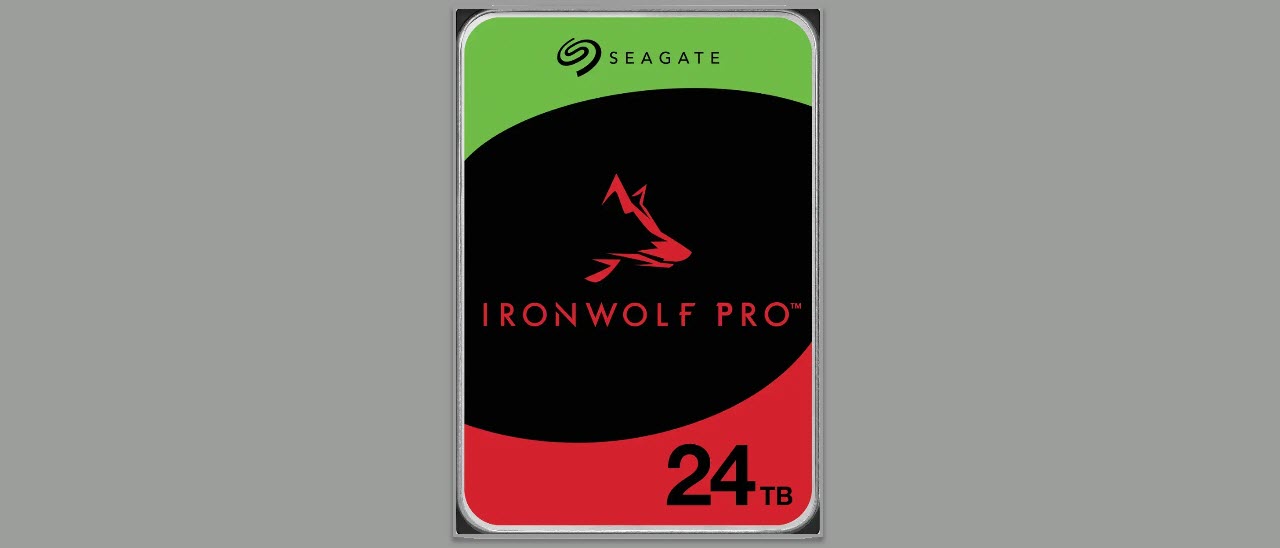
The WD Blue is the best budget hard drive you can find on the market. This drive is the perennial budget HDD favorite and is widely available, has a decent range of capacity options, and doesn’t break the bank. The 8TB model is currently the best and offers the best bang for your buck without many compromises. This particular capacity uses CMR technology with a slightly faster 5640-RPM capable of serving up to 185 MB/s of throughput. This is enough to get the job done without adding more unwanted noise or heat into your build.This drive does come with some trade-offs, though. The 8TB model has only 128MB of cache, down from 256GB for the 2TB-6TB models, and like the rest of the lineup, it only comes with a two-year warranty. If you’re just looking to add space inexpensively, though, this is the way to go; just be aware that some capacities come in both an SMR and CMR variant. We recommend that you stick with the CMR versions of the drive.Read:WD Blue 8TB HDD Review
The Seagate IronWolf Pro is a strong performer posting faster speeds than the competing WD Red Pro in many of our tests. We like Seagate’s three-year data recovery services as they report a high record of success, and data recovery is traditionally very expensive.The IronWolf Pro has larger caches for many of its models with the same storage capacity, including 24TB, and also a corresponding workload rating increase from 300 to 550 TB/year.Read:Seagate IronWolf Pro Review
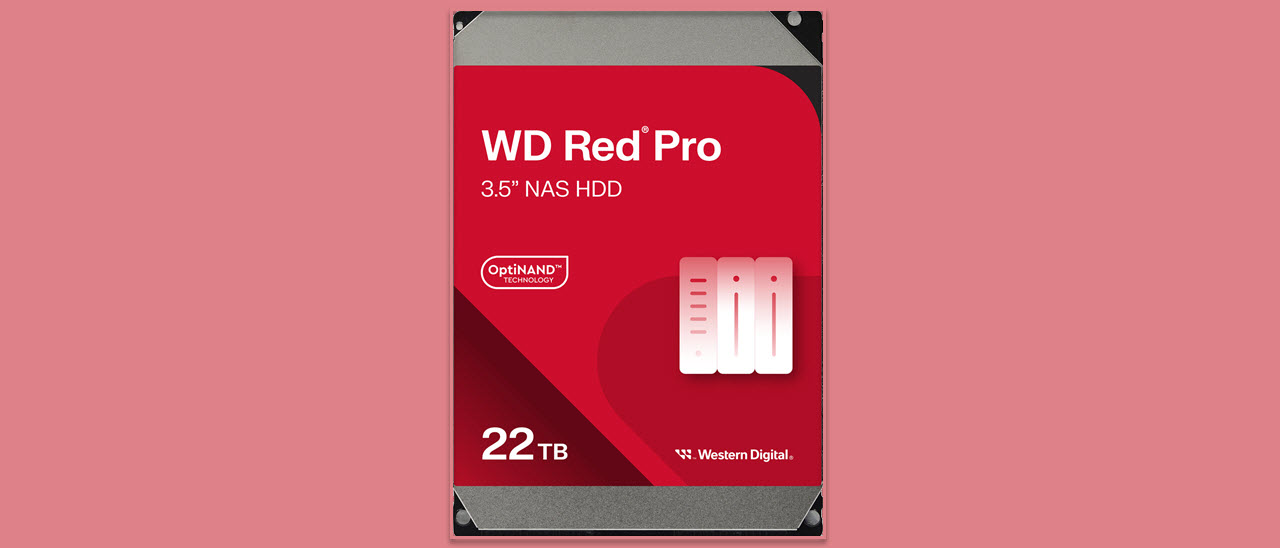
The 22TB Red Pro NAS HDD is a worthy alternative drive for NAS usage. It has strong performance in random workloads thanks to the 7200 RPM spindle speed, and it also comes with 512MB of DRAM cache for the 14TB and larger models. This is backed by a five-year warranty, although the 300 TB/yr workload rating is merely average.This hard drive has very similar specifications and pricing as the Seagate IronWolf Pro, which has the advantage of a slightly higher maximum sustained write speed and Seagate’s three-year rescue plan. The Red Pro has a larger DRAM cache, though, and its OptiNAND technology gave better 4KB results, so it’s better for workloads that have small I/O.Read:WD Red Pro HDD Review
Sometimes you don’t want 24TB and 12TB is enough for your project. In those situations, money can be saved without losing much in the way of performance. The IronWolf Pro is an excellent pick for 12TB of storage, replacing the now more-expensiveToshiba N300 Pro.Its standout feature is Seagate’s data recovery services that can be very useful for personal as well as small office/home office use. Data should be backed up and have redundancy, but an extra chance at recovery is always welcome. If you absolutely need more cache, WD’sRed Promodel with 512MB is a good alternative.

Seagate’s Exos X20 drive is very similar to its IronWolf Pro line. Its higher workload rate and MTBF specification suggest it is more forenterpriseuse, however. It doesn’t reach 22TB like the WD Gold, and also has less cache. That aside, the performance and warranty are both good, so this is a choice that comes down to pricing.
The Exos X20 does not have the three-year recovery plan that other Seagate drives on this list have, which further hints that it’s a better choice for data and cloud centers. This doesn’t preclude its use in NAS systems or for other applications, but it won’t be as cost-effective in those scenarios.
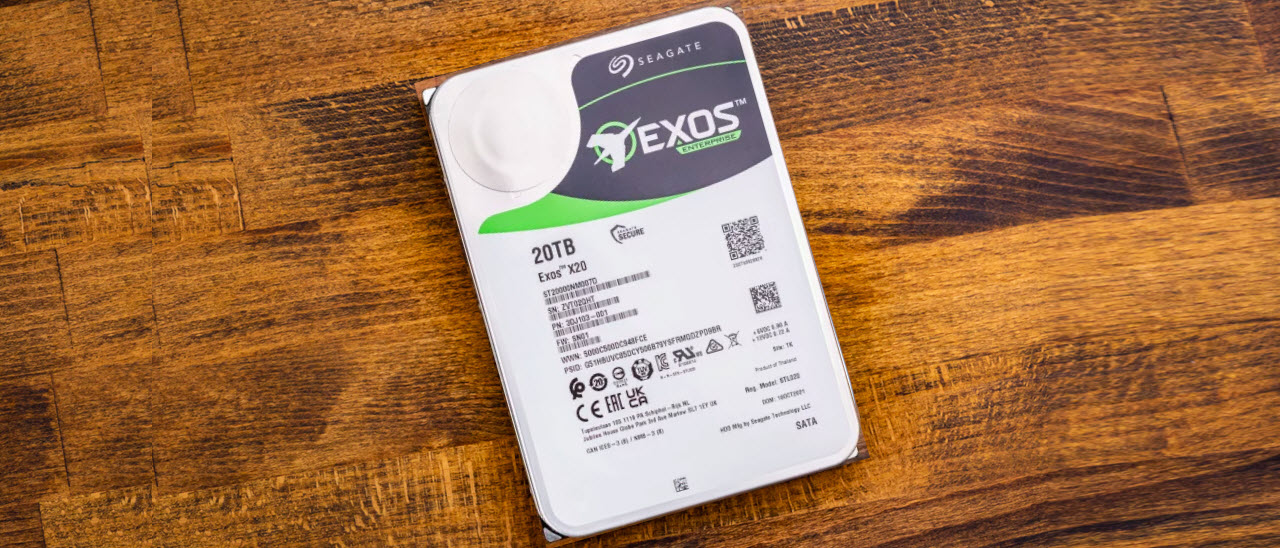
The WD Gold line is WD’s “gold standard” for HDDs, intended to offer the best performance and reliability for enterprise. It shares many characteristics with the WD Purple Pro, made for surveillance, and the WD Red Pro, made for NAS, but has a higher sustained transfer rate and also the ArmorCache feature at 22TB. Compared to Seagate’s IronWolf Pro and Exos lines, the WD Gold has OptiNAND technology like its above siblings. This enables higher capacities but can also improve performance due to metadata being stored in fast, non-volatile iNAND flash. WD also backs the Gold with a full warranty and software support.
Where the 22TB Gold in particular stands out is with its ArmorCache technology. This technology uses some of the flash memory to safely store data from DRAM in case of an unexpected power loss event. This can protect user data when the write cache is enabled (WCE) for full performance, writing out with help from rotational momentum. When the cache (WCD) is disabled, a policy used to guarantee data integrity, the Gold improves random write performance especially with larger transfer lengths, up to WCE levels. The Gold is perfect for multi-drive and RAID environments but is held back by its price if you don’t need that feature.
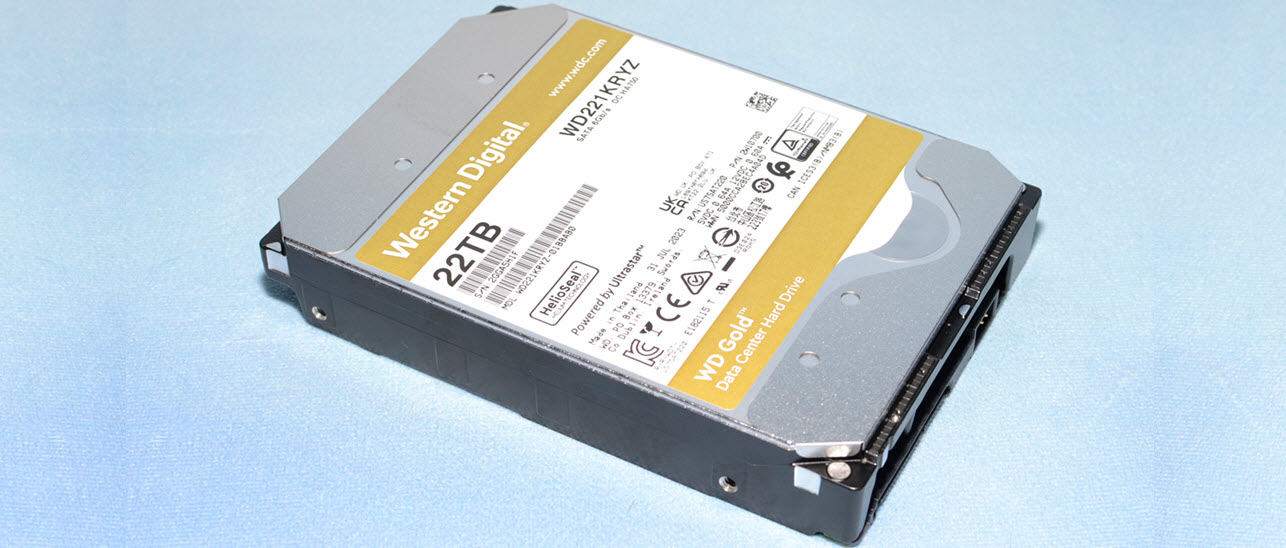
The Seagate Skyhawk AI HDD is designed with “AI'' firmware to improve the drive’s ability to handle recording, video analysis, and GPU analytics workloads. This includes up to 64 HD video streams and 32 AI streams with zero dropped frames. This is combined with a robust warranty, including a high workload rate and Seagate’s three-year data recovery service.This makes it a great pick for surveillance and NVR work, but WD’s Purple Pro is quite similar with twice the cache at this capacity. While these drives are comparable otherwise, we give the nod to the SkyHawk AI because of Seagate’s Rescue Services plan. This seems to be a particularly worthwhile feature for the expected use cases.Read:Seagate SkyHawk AI 20TB HDD Review
Toshiba’s X300 Pro is the N300 Pro without the NAS optimization. Typically, NAS drives are designed for use in multi-drive systems with firmware changes and often features like rotational vibration (RV) sensors to improve reliability in such noisy environments. The X300 Pro is instead designed for use in high-end desktops (HEDTs) and workstations with fewer drives, but its specifications - for performance, cache, and warranty - match the N300 Pro. This means better performance at lower capacities, but also that the N300 Pro could be used as a substitute.
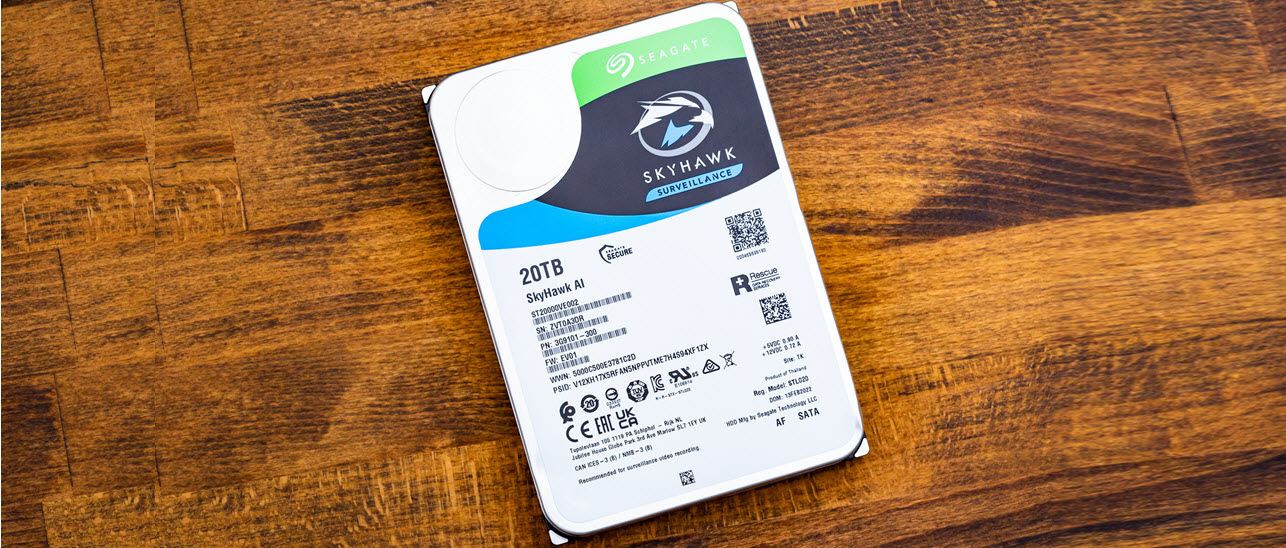
The 22TB X300 Pro is currently priced close to or above the 22TBN300 Pro, which means the latter is worth consideration as an alternative, as are also Seagate’sIronWolf Proand WD’sRed Pro. Toshiba also doesn’t have the data recovery services of Seagate or deep software support, although documentation is ample. It’s a solid choice if you need a more rigorous warranty and/or more capacity than is offered by mainstream drives like the Seagate FireCuda or WD Black, and it lacks the performance drawbacks of the regular X300.
Toshiba offers various lines of hard drives, with the X300 Pro mostly duplicating the NAS-oriented N300 Pro, except without the ‘tuning’ of firmware for multi-drive environments. Instead, the X300 Pro targets workstation and content creation users, with a five-year warranty and 512MB of cache. Performance was good in our testing (review forthcoming), though the desirability of the various capacities largely hinges on current pricing.We’ve tested both the 12TB and 20TB models, and performance was similar with a slight edge going to the 12TB in a few workloads — the large cache can be more beneficial in a few instances with the smaller capacity. Performance was also nearly identical to the N300 Pro drives, so if you’re able to find one of those for a lower cost, they’re worth considering.The main issue for Toshiba right now is that there are slightly faster drives (Seagate Exos in particular) that tend to cost less than the X300 Pro / N300 Pro. But a price cut is the easiest change to make. We’ve selected the 16TB model for now, based on current pricing, as it’s the lowest price per GB of the lineup.
Benchmarks / How We Tested
We utilize a variety ofbenchmarksto fully test an HDD and characterize its performance and consistency. HDDs are still relatively popular for holding game libraries, particularly as games continue to get larger. While this means longer loading times than you get with SSDs, it can be useful to prevent having to redownload large games, and HDDs are also fine for temporarily putting games “on ice” as you cycle through other titles. Our 3DMark benchmarks give us an idea of gaming performance, although it’s best to go with an SSD for multiplayer and regularly-accessed games.
PCMark 10, which is related to 3DMark, focuses on measuring performance in productivity and standard desktop PC applications. While you don’t want to run big applications off of hard drives, there are many cases where HDDs must be used, particularly with content creation. HDDs also make for good “cold” storage as an archival backup, especially for larger source files that may have less or no compression. HDDs are also popular for recording gameplay as they have enough speed to keep up with even decent bitrates.
The most common use for hard drives, though, is simple file transfers. Our DiskBench test estimates transfer performance with a real-world workload that is useful for calculating how long a transfer could take. Hard drives have consistent performance and will hit their maximum sustained speed at QD1 with large enough I/O, which is illustrated in our ATTO benchmark results. This is particularly useful for showing differences in technology and capacity as drives get bigger and faster.
Crystal Disk Mark also demonstrates this with its sequential performance results but also at a higher queue depth if you’re doing multiple transfers at once. For maximum sustained write performance, we show write saturation characteristics as well. Crystal Disk Mark further reveals 4KB performance which is latency-intensive, a result impacted by RPM and other drive characteristics, although HDDs are generally quite slow with such small I/O.
We also test power consumption and temperature. Power consumption will vary with drive performance, RPM, and more, and it’s important to look at four different cases: maximum power draw, average power draw, idle power draw, and workload efficiency. Power usage can add up with multiple drives. Temperature is also an important metric for hard drives, as overheating is a common cause of failure, particularly during sustained workloads.
MORE:Best External SSDs and Hard Drives
MORE:How We Test HDDs And SSDs
Get Tom’s Hardware’s best news and in-depth reviews, straight to your inbox.
Paul Alcorn is the Editor-in-Chief for Tom’s Hardware US. He also writes news and reviews on CPUs, storage, and enterprise hardware.